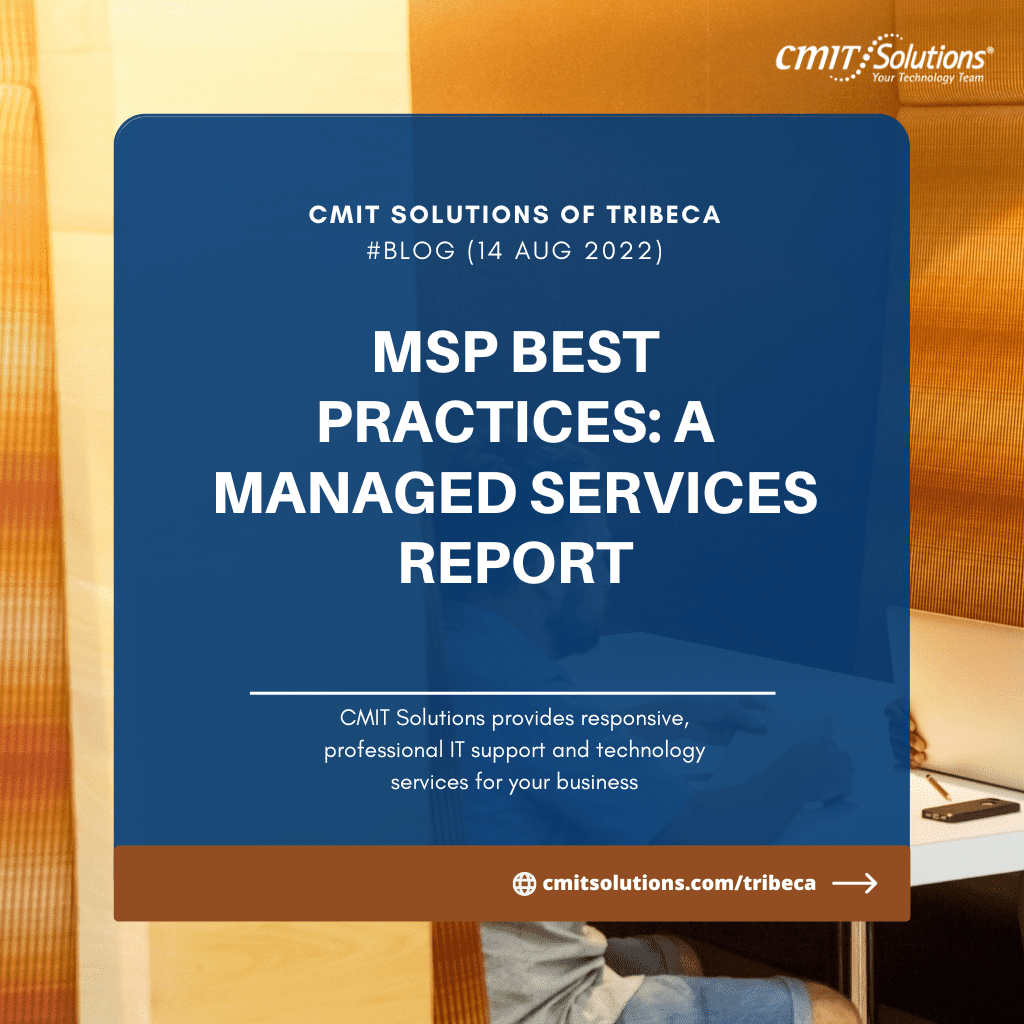Introduction:
The Role of IT in Healthcare
Information technology (IT) has transformed nearly every aspect of healthcare, from patient care to medical research. In particular, IT has the potential to improve medical communication and education, leading to better outcomes for patients and healthcare providers.
The Benefits of IT Services for Medical Communication and Education
1.Improved Access to Medical Information: IT services can provide healthcare professionals with access to up-to-date medical information and research, improving their ability to diagnose and treat patients.
2.Telemedicine: IT services allow healthcare providers to remotely consult with patients, monitor their progress, and provide support. This can be particularly useful for patients in remote areas or those who are unable to travel to a medical facility.
3.Patient Education: IT services can provide patients with access to information about their health conditions and treatment options, helping them to make informed decisions about their care.
4.Electronic Medical Records: IT services can enable healthcare providers to maintain accurate and up-to-date electronic medical records, which can be easily shared between providers, improving communication and coordination of care.
Challenges and Risks of IT Services in Healthcare
1.Privacy and Security Concerns: IT services must ensure the privacy and security of patient information, which can be vulnerable to hacking or theft.
2.Cost and Implementation: Implementing IT services can be costly and time-consuming, and healthcare organizations may not have the resources or expertise to manage these services effectively.
3.Digital Divide: Access to IT services may be limited for some patients, particularly those in low-income or rural areas.
4.Best Practices for Implementing IT Services in Healthcare
5.Prioritize Security and Privacy: Implement appropriate security measures to protect patient information.
6.Choose the Right Technology: Evaluate the needs of your organization and choose technology that meets those needs.
7.Provide Adequate Training: Ensure that healthcare professionals and patients receive adequate training to use IT services effectively.
8.Collaborate with IT Experts: Partner with IT experts to ensure the successful implementation and management of IT services.
Conclusion:
Improving Healthcare through IT Services
IT services have the potential to transform healthcare by improving medical communication and education, leading to better outcomes for patients and healthcare providers. While there are challenges and risks associated with implementing IT services in healthcare, best practices can help to mitigate these concerns. By prioritizing security and privacy, choosing the right technology, providing adequate training, and collaborating with IT experts, healthcare organizations can leverage IT services to improve patient care and outcomes.





